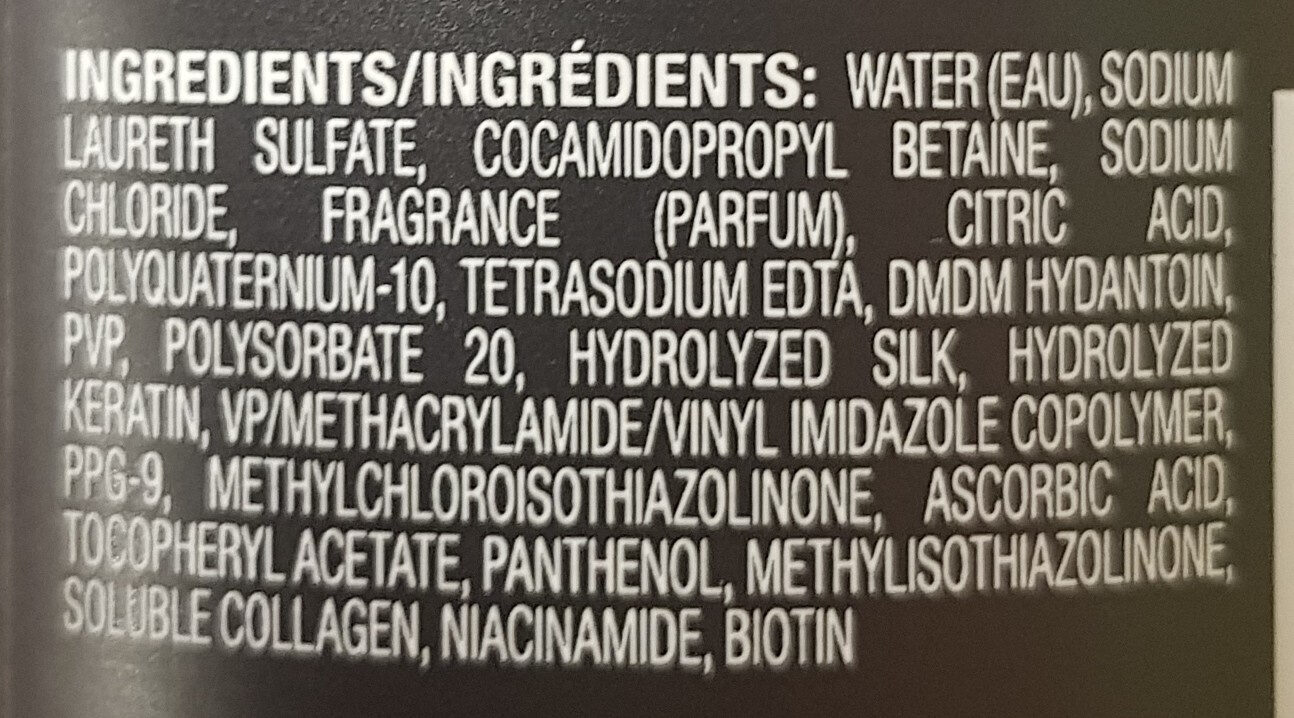Contents
– What is methylisothiazolinone?
– Cosmetic products and methylisothiazolinone
– Methylisothiazolinone: beware of allergy risks
Methylisothiazolinone is used as a substitute for parabens, accused of being endocrine disruptors for several years. Present in particular in make-up remover wipes, baby wipes, shampoos, and moisturizing creams, this substance appears, however, as a potent contact allergen.
This post tells you more.
What is methylisothiazolinone?
Also known as MIT, methylisothiazolinone is a preservative and biocide that simultaneously fights against the proliferation of micro-organisms such as:
– Bacteria;
– fungi;
– yeasts.
The latter is very present in water-based cosmetics, which requires a preservative to avoid any degradation of their composition.
You can also find MIT:
– in everyday objects: washing powder, dishwasher liquids, household detergents ;
– in certain glues, water-based paints, textiles, and leather;
– in the medical sector for products such as antiseptics, ultrasound gels, or mouthwashes.
Good to know: MIT mixed with methylchloroisothiazolinone is labeled “Kathon CG”. It has been banned in Europe since April 2016 in non-rinsed cosmetics.
Cosmetics and methylisothiazolinone

Officially only present in products that do not remain on the skin (rinsed cosmetics), methylisothiazolinone is, however, mainly used in the manufacture of:
– moisturizing creams for the face and hands;
– Soaps
– bubble baths;
– shampoos and hair masks
– make-up remover towels;
– cleansing wipes for infants.
Although a maximum of 0.01% is permitted in cosmetics, concentrations can exceed this threshold and cause skin allergies.
Please note: To combat these contact allergies, the European Commission’s EU Regulation 2017/1224 of 6 July 2017 bans the sale of cosmetic products containing MIT (methylisothiazolinone) at concentrations above 0.0015% as of 24 May 2018.
Methylisothiazolinone: beware of allergy risks
Some people cannot tolerate this ingredient. The most common allergic reactions appear within 72 hours of contact with the product and take red patches, itching, and contact eczema.
Please note: allergies can also be triggered by the presence of fine particles in the air.
In the presence of methylisothiazolinone, the skin flora of the epidermis can be unbalanced. The areas of the body most affected are: the face, hands, and the seat, especially in infants, due to the presence of MIT in wipes.
Please note: About 9% of the patients tested are allergic to isothiazolinones.
To avoid any rash or skin allergy, it is advisable to read the products’ ingredients carefully. Methylisothiazolinone is particularly aggressive on the skin:
– thin skin ;
– sensitive or hypersensitive skin
– with an allergic tendency: eczema, psoriasis…
It is recommended to use certified organic products or care products based on vegetable oils to limit any risk of allergic reaction.
Good to know: methylisothiazolinone can be mixed with methylchloroisothiazolinone in certain products and produce even stronger reactions.
Want to read more?
– 7 Foods that Actually Damage Your Kidneys;
– Melatonin Is Not A Sleeping Pill;
– Experience Eating 2 Bananas Daily and See What Happens;
– 11 Best Foods to Prevent Hair Loss;
– Eat these 7 Anti-aging Foods;
– 4 Reasons Why You Should Eat Olives;
– 8 Foods To Avoid If You Have Joint Pain;
– WARNING! 5 Reasons Why You Should Stop Eating French Fries Regularly!
– Drink This Before Bedtime and Lose Weight Overnight!
– Why and When to See a Podiatrist;
– Testosterone Growth Hormones for Bodybuilding – Should you buy them?
– A Guide To Bodybuilding Nutrition;
– 7 Tips for More Energy in the Morning;
– Not Hungry in the Morning: Should We Force Ourselves to Eat?
– Is Eating Raw Food Good For You?
– Anti-Cellulite Foods: How Does It Work;
– Flax Seed: The Partner for Your Health and Slimming Needs.


